
Spynie Palace – Scotland´s largest surviving medieval bishop’s house, the former residence of the Bishops of Moray for around 500 years. Used by royalty travelling the area as a guesthouse.
Spynie Palace was for 500 years the seat of the bishops of Moray. During that time, the palace stood on the edge of Spynie Loch, a sea loch with safe anchorage for fishing boats and merchant vessels. A thriving settlement developed nearby. (Historic Enviroment Scotland)
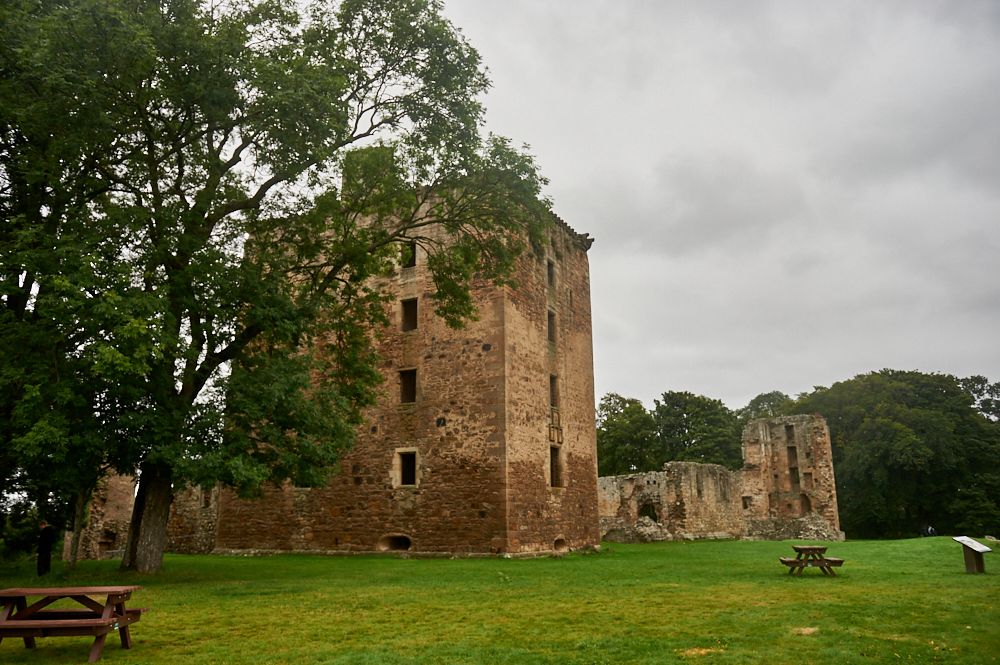
The bishops of Moray established their residence in Spynie in the late 1100s, around 1207 Bishop Brice choose the church of Spynie as his cathedral. And even so, his successor, Bishop Andrew, built a new cathedral in the nearby Elgin, the bishops continued to live in Spynie.
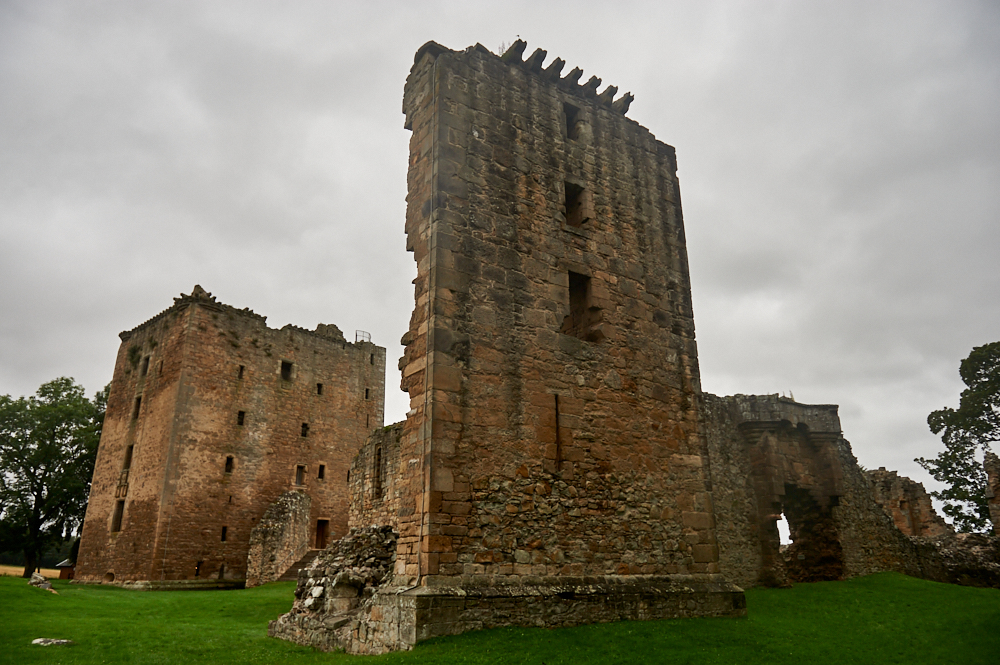
David´s Tower
The oldest surviving buildings of Spynie Palace from around 1300 are the remains of a first-floor hall and a chapel. Today it is David´s Tower that dominates the complex.
It measures 19m by 13.5m externally and rises to a height of 22m, making it one of the largest tower houses ever built in Scotland. The great tower had a first-floor front entrance and six storeys. (Historic Enviroment Scotland)
From the top of the tower, one has an amazing view all over the area.
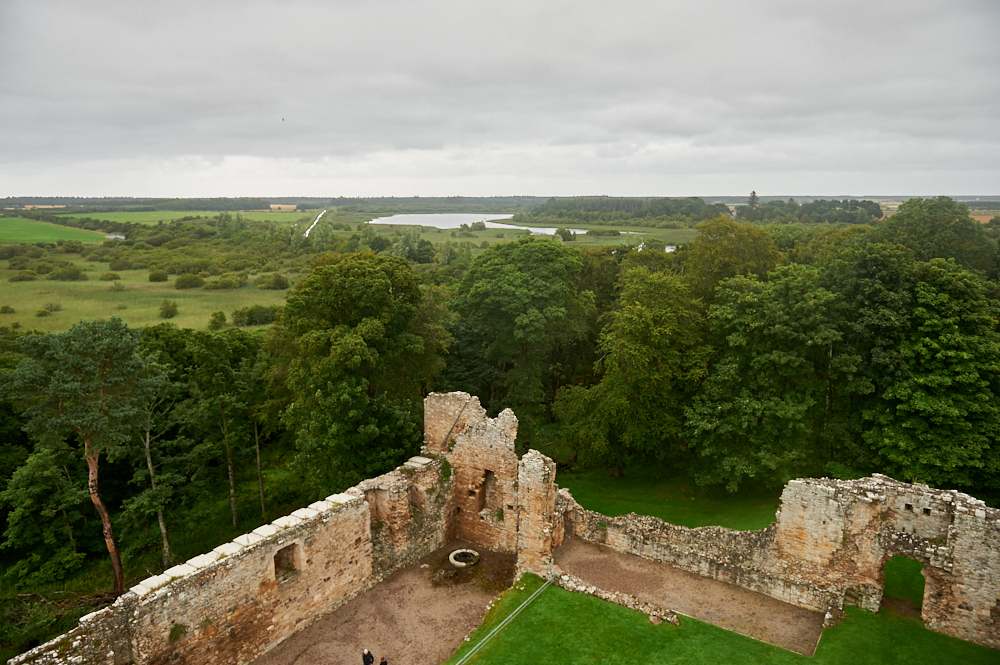
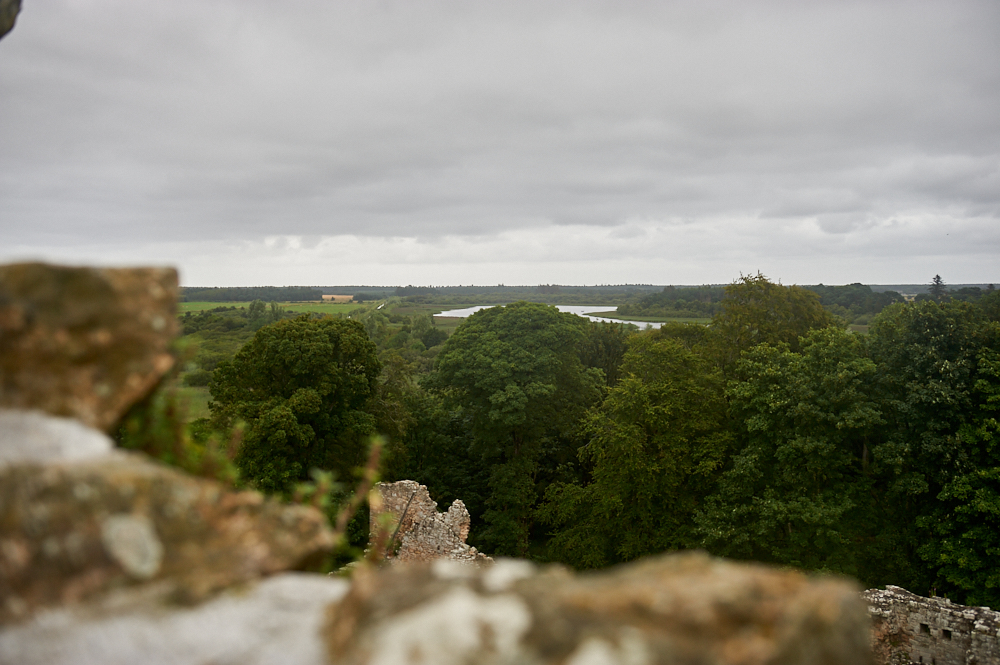
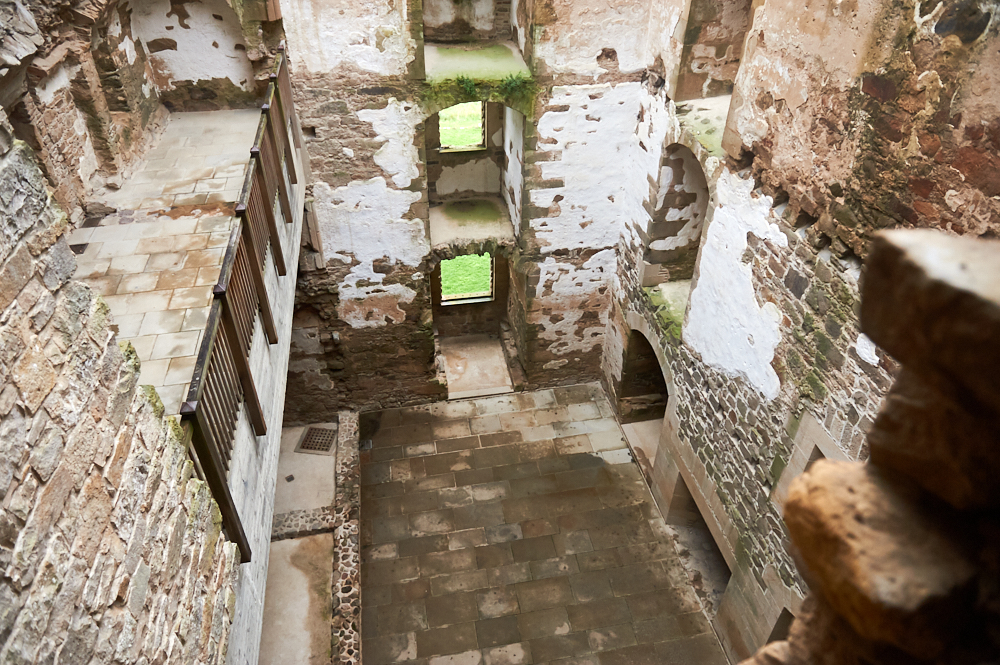
By 1500 a new great hall was erected and two more towers added.
The last Bishop of Moray, William Hay, was appointed in 1688. The following year an Act of Parliament ruled that the Church of Scotland should henceforth be a presbyterian church, and all existing bishops, including William Hay, lost their jobs. (Undiscovered Scotland)
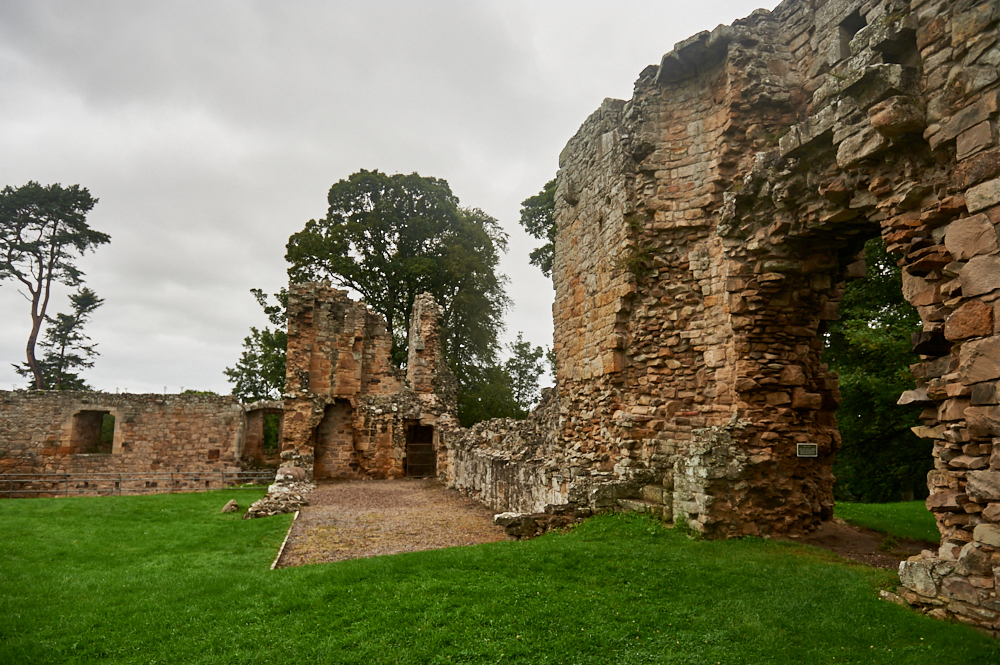
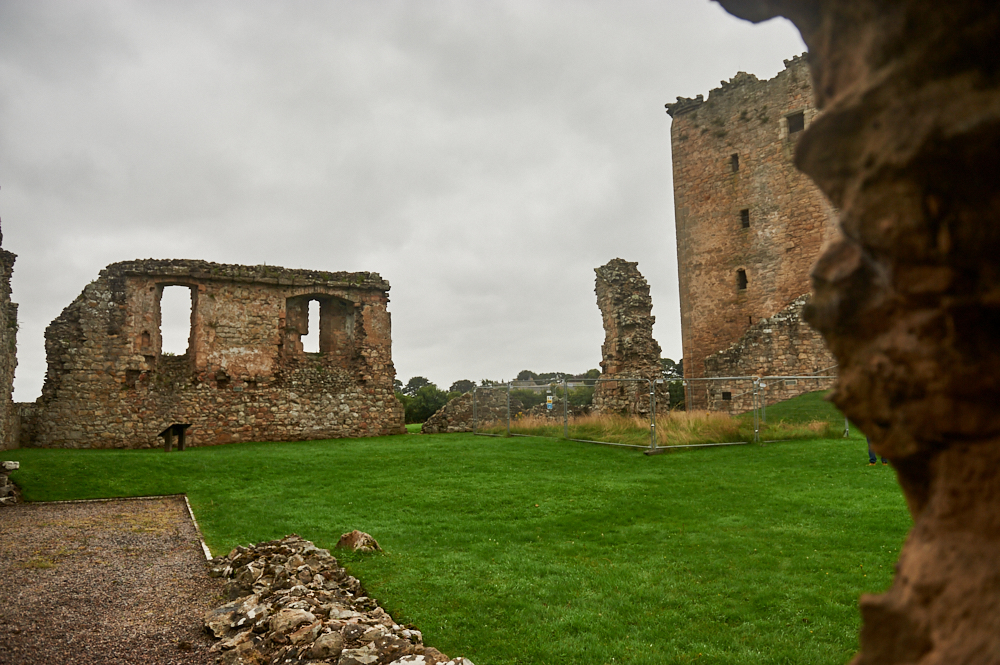

The conflicts in the 17th century led to the decline of Spynie Palace and it took until the 19th century to have some preservation initiatives. Today it is under the care of the Historic Environment Scotland.
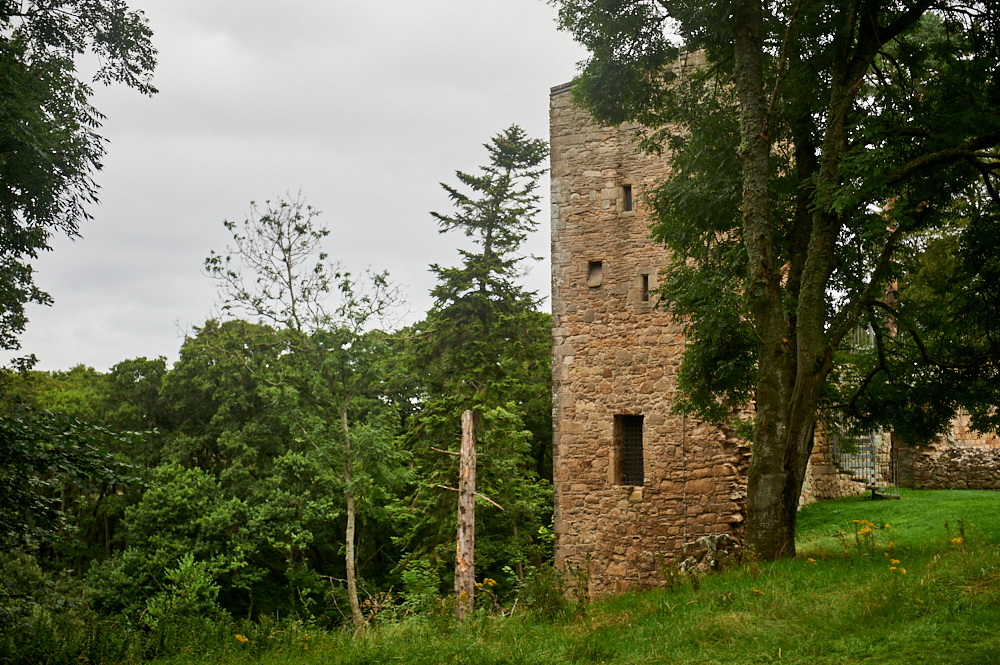
Leave a Reply